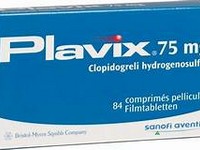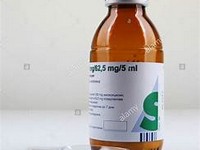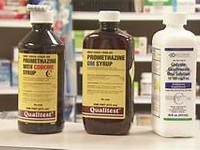Fexofenadine hydrochloride

Fexofenadine hydrochloride
CLINICAL USE
Antihistamine:Symptomatic relief of rhinitis and urticariaDOSE IN NORMAL RENAL FUNCTION
120–180 mg daily depending on conditionPHARMACOKINETICS
DOSE IN RENAL IMPAIRMENT
GFR (mL/MIN)
DOSE IN PATIENTS UNDERGOING RENAL REPLACEMENT THERAPIES
IMPORTANT DRUG INTERACTIONS
Potentially hazardous interactions with other drugsAluminium/magnesium containing antacids: reduced absorption – avoid for 2 hoursADMINISTRATION
Reconstition
–Route
OralRate of Administration
–Comments
Take before foodOTHER INFORMATION
Less than 1.5% of a dose is metabolised via the CP450 3A4 systemLarger doses may be used in patients with renal impairment, but increase carefully as can result in increased sedation
See how to identify renal failure stages according to GFR calculation
See how to diagnose irreversible renal disease
Home








